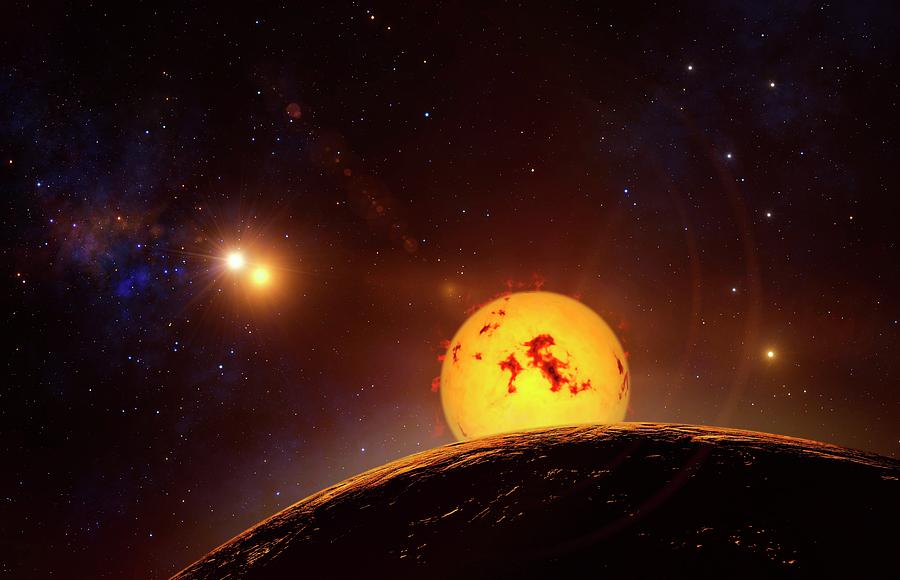We are always fascinated by the idea of travelling beyond our planet and exploring the vastness of the universe. But have you ever wondered how long it would take for a spaceship to reach Earth's closest star, Proxima Centauri, if it travelled faster than any human has yet reached in space?
Well, let's do the math. If a spaceship is travelling at 40237 km/h (25000 mph), which is faster than any human has ever travelled in space, it would still take more than 113200 years to reach Proxima Centauri. That's right, even at such a high speed, the distance between us and our nearest star is simply mind-boggling.
Proxima Centauri is located about 4.24 light-years away from Earth. A light-year is the distance that light travels in one year in the vacuum of space, which is about 9.461 trillion kilometres or 5.878 trillion miles. So, if we multiply the speed of light by the number of seconds in a year, we get the distance that light travels in one year, which is about 9.461 trillion km. Multiply that by 4.24, and you get the distance between Earth and Proxima Centauri, which is about 40.208 trillion km.
Now, let's go back to our spaceship travelling at 40237 km/h. If we assume that it could maintain that speed for the entire journey, it would take about [time] years to reach Proxima Centauri. That's a long time, even for the most patient space enthusiasts.
But wait, there's more. The journey to Proxima Centauri is not just a matter of distance, but also of the challenges that come with travelling through space. For example, our spaceship would have to carry enough fuel and supplies to sustain the crew for [time] years, and it would have to be able to withstand the harsh conditions of space, including radiation and debris.
Moreover, the human body is not designed to withstand long periods of time in space. Astronauts who spend extended periods in space experience a range of physical and psychological challenges, including muscle and bone loss, changes in vision, and increased risk of radiation exposure.
So, while the idea of travelling to Proxima Centauri at speeds faster than any human has yet reached in space is exciting, it's important to remember that such a journey would be a tremendous feat of engineering, science, and human endurance. For now, we can continue to look up at the stars and dream of the possibilities that lie beyond our planet.
Tags:
Cosmology

